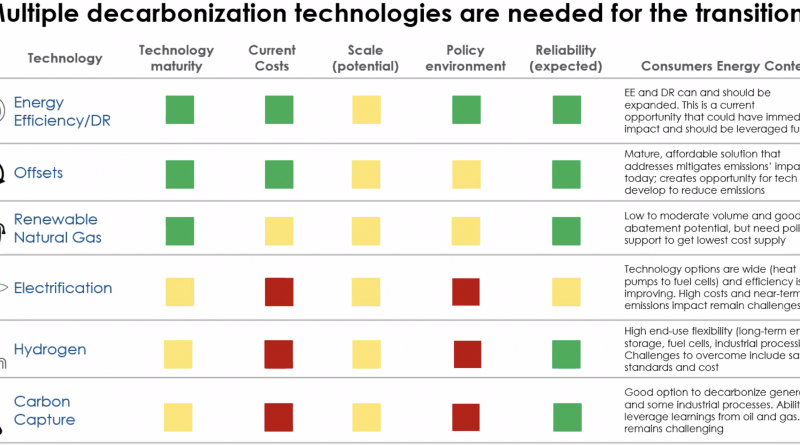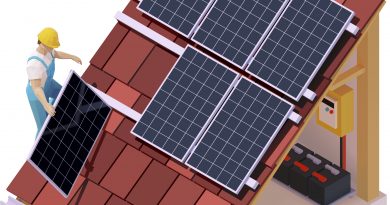“Electrification Is Not Enough For Decarbonization” – Consumers Energy
This afternoon, I attended the kickoff meeting of Michigan’s new Energy Production, Transmission, Distribution, and Storage Workgroup. I’ve been part of the MPSC’s low-income and energy waste reduction workgroups for, well, since they’ve existed in their current format– but over the recent months, new interest has emerged in creating a more dedicated framework specifically around next-generation energy topics. Michigan lags in regulatory and infrastructure innovation– something I’ve lamented frequently– so this is welcome. This is equal parts public and private responsibility (you can see why I’m interested in this). In this case, Consumers Energy provided some interesting insights into what the future might hold for the questions of energy transition, a just transition, and decarbonization of the grid. Their conclusion? Electrification alone isn’t enough. This isn’t surprising. But there were some interesting takeaways!
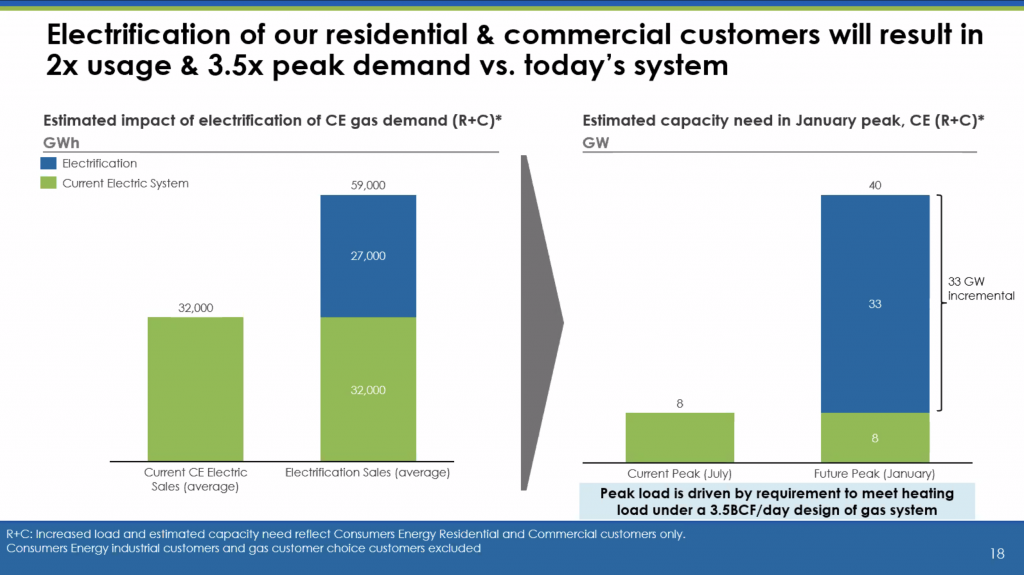
What does “electrification” mean?
Electrification is the buzz word du jour. It refers to two separate, indirectly related things. The first is the idea of electrifying transportation systems. In simple terms, EV’s require a crazy amount of electricity that our current infrastructure cannot support. Remember my example of the 500-amp DC fast charger for a city bus? And how that’s equivalent to 5-10 houses? Yeah. So, that’s a problem we’re trying to figure out in utilityland and in the automotive sector alike. Electrification similarly refers to the idea of converting buildings to be able to use electricity, rather than natural gas, to heat space and water.
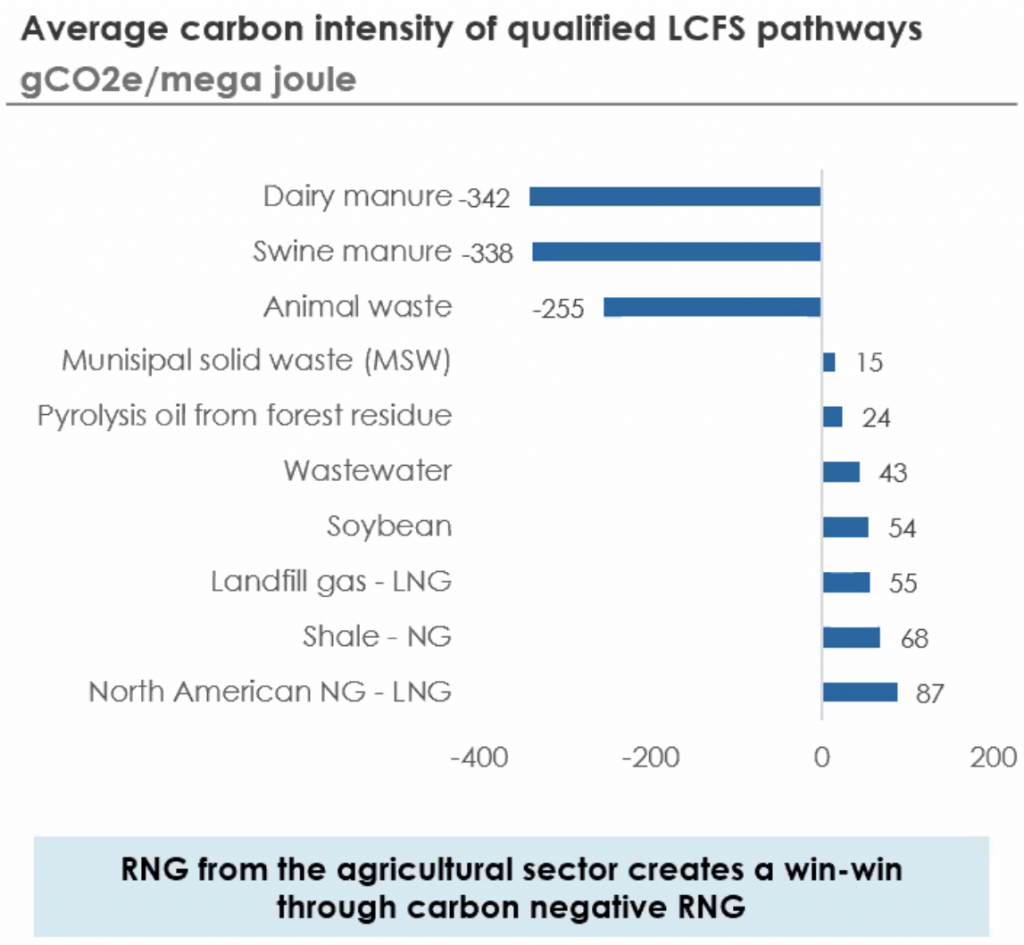
All-Electric Cars vs. All-Electric Homes
While this is a huge challenge, it’s not as big a deal as electrifying all of the vehicles. Why? Well, a few things. First, no matter how efficient you make a car, and no matter how much you reduce rolling resistance from wheels, you’re still, at the end of the day, moving a very heavy object with an electric motor. This means there’s no way to, well, cheat. So, you need a ton of electricity. Compare this to a house, which is already partially electrified. While electrical resistance heating is expensive and energy-intensive, there’s neat this little thing called thermodynamics that allows you to integrate the use of refrigerant, in order to allow more heat output than should be thermodynamically possible. In other words, heat pumps are great. It’s all about that Carnot cycle, baby!
ACEEE Scorecard: Michigan is Behind The Times? Again!?
But… it’s not enough?
Miracle though refrigeration is in the use of heat pumps as an alternative to fossil fuels in combustion appliances, it’s, well, not enough to get us to a decarbonized economy. Graham Swanepoel from Consumers presented on this question. Electrification, he said, would create a fivefold increase in peak demand. This peak would then come in January instead of July. (Remember how in Texas, the cold snap beat the previous summer record? This is an issue of how fossil fuels are efficient for heating and how electricity is inefficient for cooling).
How do we get around this? Well, there are plenty of solutions. Swanepoel promoted energy efficiency and demand response as the biggest potential options (highlighted in a chart below). Carbon offsets, he also said, were promising. Hydrogen and carbon capture were far lower on the list because of their high cost of implementation given current technology. Electrification is expensive, but it’s also something that can be easily scaled at minimal incremental cost– hydrogen and carbon capture currently are much harder to scale. This isn’t just a question of solar panels on the roof. It’s a question of superinsulated and highly efficient building envelopes.
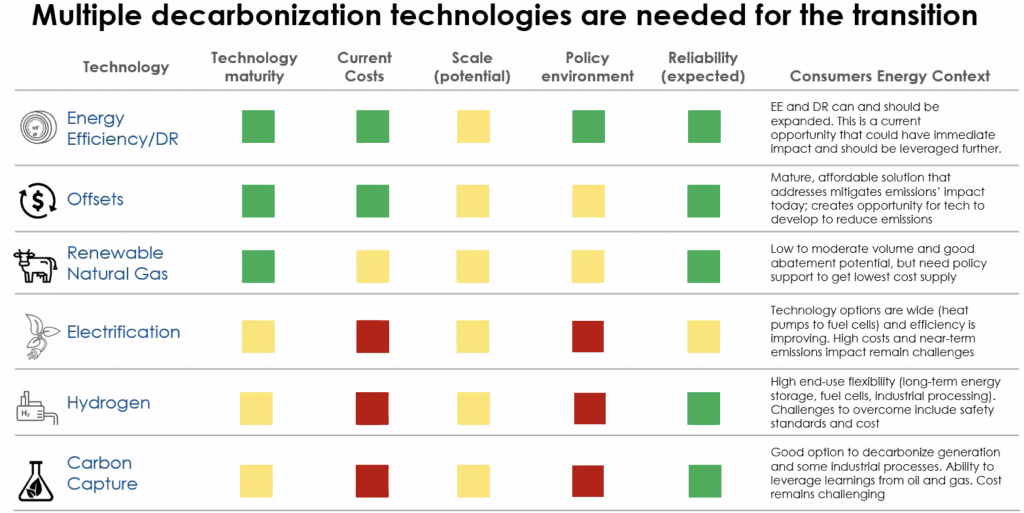
The Detroit Edison
This was interesting. DTE’s presentation, however, fell pretty short. The more-Detroit-than-not utility mentioned, among other things, how they had some great carbon offset programs, like one that allows customers to– wait a minute- buy their own carbon offsets? When asked about this, their representative effectively shrugged off the question, saying that the utility was bounded by regulatory restrictions. I’m remembering the time that DTE engineer ranted to me about how liberals don’t understand energy, so we need natural gas.
These groups have proven to be of limited relevance to my professional career, but there are always some interesting conversations. It’s going to be interesting to how the group grows and evolves. In the meantime, I’m going to keep pushing for these scalable solutions for a just transition. Just because DTE doesn’t think it’s possible doesn’t mean we can’t make it happen starting at an individual level.
This article is part of a series on infrastructure, mobility, and transportation. Support independent journalism today!

